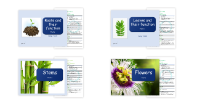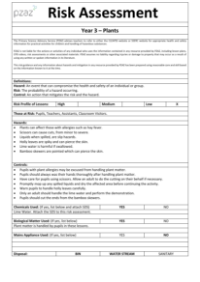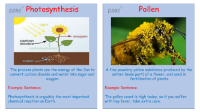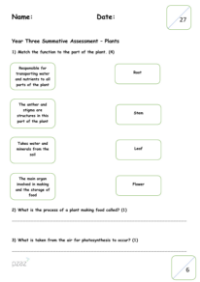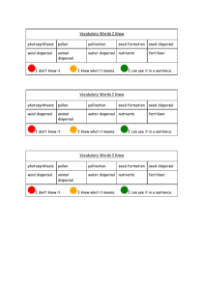Plants - Answers
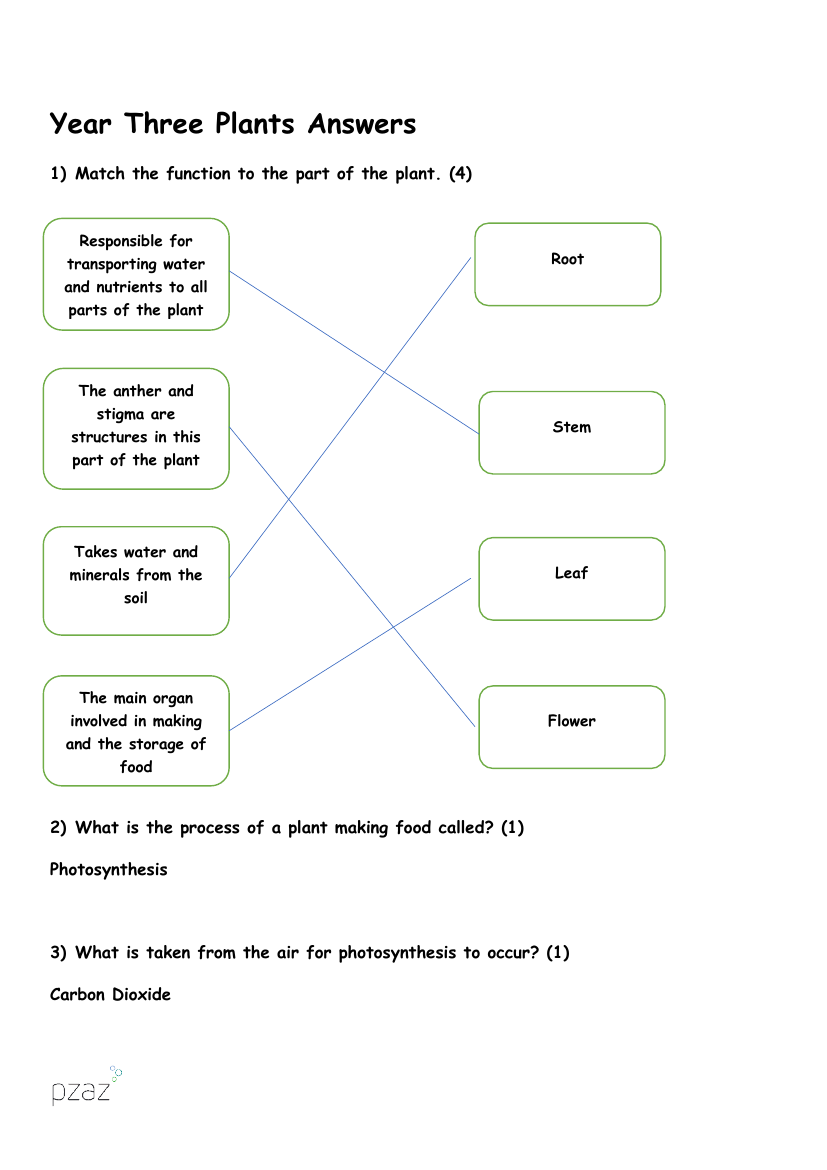
Science Resource Description
The Year Three Plants Answers sheet provides key information about the basic functions and processes of plants. Students are asked to match different parts of the plant—root, stem, leaf, and flower—with their respective functions, such as transporting water and nutrients, absorbing minerals, making and storing food, and housing reproductive structures. The process by which plants make their own food is identified as photosynthesis, which requires carbon dioxide from the air. Additionally, the sheet clarifies that the pores on leaves, known as stomata or stoma, regulate the plant's water content and that during a drought, these pores close to conserve water. Typically, these pores are found on the underside of the leaf.
The worksheet also includes a true or false section where students are encouraged to challenge common misconceptions about plants, such as all leaves being green, or that bees are the only pollinators. It further explores the concept of transpiration as the movement of water through the plant. An experiment conducted by a student named Mohit investigates the effect of various liquids on stem growth, revealing that cold tea, which contains nutrients and minerals, was the most beneficial for plant growth, while cola was detrimental. The dependent variable in this experiment was the length of the stem. Lastly, students learn that sufficient space is crucial for a plant's access to water, nutrients, and light, and that without light, a plant cannot photosynthesise to produce food, leading to poor health or death.

